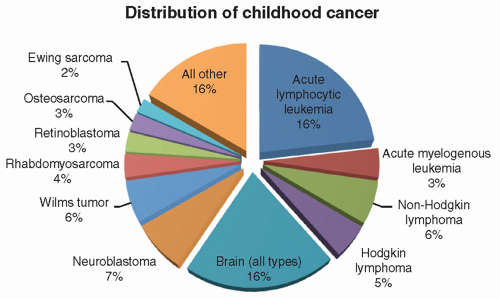Children Cancer Stories by Rukh Yusuf - Blog # 18

I am Rukh Yusuf, Clinical Pharmacist, also specialized in Total Parenteral Nutrition and Bone Marrow Transplant. I have been working in Pediatric Oncology unit of a public hospital for several years. The mission of this blog is to bring to you the real-life stories of child patients suffering from cancer. Cancer is still a difficult disease to handle and treat. However, when it strikes the children, some so young that they cannot even speak, their agony is beyond expression and words. Let us pray especially for children suffering from cancer for early and complete remission. May Allah shower His Merciful Blessings upon them. Aameen.
Incidence of pediatric cancer and pediatric oncology centers in Pakistan
Pakistan is a low income highly populated country with population of more than 220 million. Pakistani health sector has the challenges of many communicable and non communicable disease. There are multiple reasons of prevalence of these diseases including low income and unhealthy lifestyle as a whole. Unawareness about health and poor sanitary conditions also affect disease burden.
In Pakistan, malnutrition and communicable diseases are the major reason for pediatric mortality. In the last few years, cancer has been a major reason for childhood morbidity and mortality. Almost 9000 to 10,000 children are diagnosed with cancer every year in Pakistan.
Cancer is a leading cause of death for children worldwide with 300,000 new cases diagnosed each year among children aged 0-19 years. The disease burden impacts Pakistan many times, because of multiple above-mentioned factors.
Children with cancer in LMIC (Lower- and middle-income country) like Pakistan are four times more likely to die of the disease than children in high income countries. This is because of many different reasons we will see in next blog.
As per Globacon, newly diagnosed cancer patients were around 1,74,000 in year 2018, out of which leukemia was almost 8000 new cases per year and almost 60%-80% of these patients die. Moreover, incidence of cancer in females is relatively more than in males.
Currently there are only three cancer registries located in Karachi, Lahore and in 2015 National Cancer Registry was established in Pakistan Health Research Council (PHRC) in Islamabad.
In Pakistan, childhood cancer accounts for more than 15% of all prevalent cancers. Leukaemia 8305 cases, Non-Hodgkin lymphoma 6644 cases, and Hodgkin lymphoma 1661 new caes per year. As per Karachi cancer registry Pakistan, Leukemia (31%) and lymphomas (20%) are the major childhood cancer.
Punjab cancer registry data showed that lymphomas (31%) are relatively higher prevalent than leukemia (23%). The available data at newly established PHRC National Cancer Registry is very limited and is not showing the prevalence of childhood cancers.
With such a significant estimated data there is dire need to establish an accurate surveillance system for cancer incidence and mortality. In Pakistan with a population of over 22 million, there should be more proper cancer registries and the data collection system needs improvement. The collected data should be combined at national level to create a proper insight of cancer prevalence at adult and pediatric level.
With proper cancer prevalence data available, policies and procedures can be made for better treatment facilities to reduce disease burden and mortality.
In Pakistan total oncology centers are 33 including designated cancer hospitals and individual cancer units. One each in Azad Jammu & Kashmir, Balochistan and Gilgit-Baltistan. Three in Islamabad Capital Territory, six in Khyber Pakhtunkhwa, nine in Punjab and 12 in Sindh.
Pakistan Atomic Energy Commission (PAEC) has established a number of hospitals all over the country that provide cancer treatment. Initially, these focused primarily on the provision of radiation-treatment facilities. Gradually, they have come to deliver chemotherapy in addition to radiation treatment, but do not have surgery or palliative care services. In common with many lesser-developed countries, these hospitals tend to be under equipped and see many more patients than is ideal for the facilities available.
These above oncology centers include both public and private hospitals and all of them vary in facilities and standard of care and cost of treatment. We shall see pediatric oncology centers and their capacities in detail in next blog.
Refrences:
Globacon 2018.
International agency for research on cancer by WHO.
Global challenges in pediatric oncology by Carlos Rodriguez-Galindo
Afzal.suhail et al., Iran J Public Health, Vol. 49, No.8, Aug 2020, pp.1579



No comments:
Post a Comment